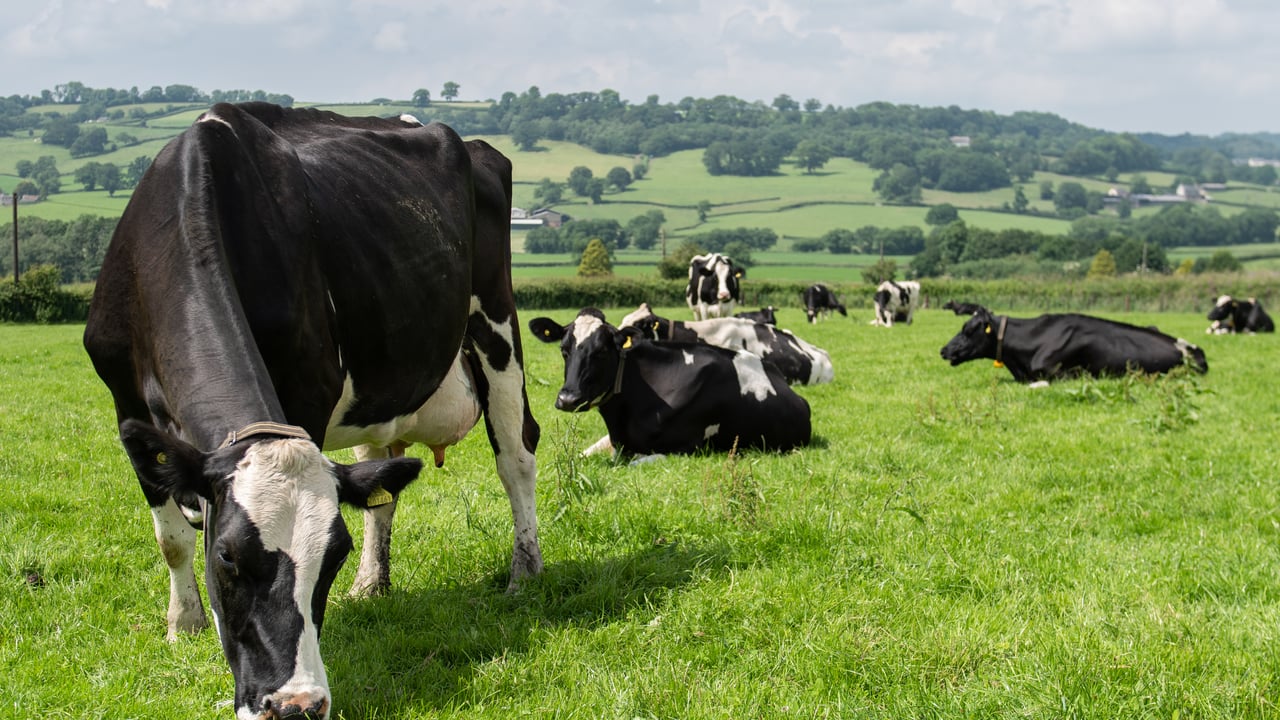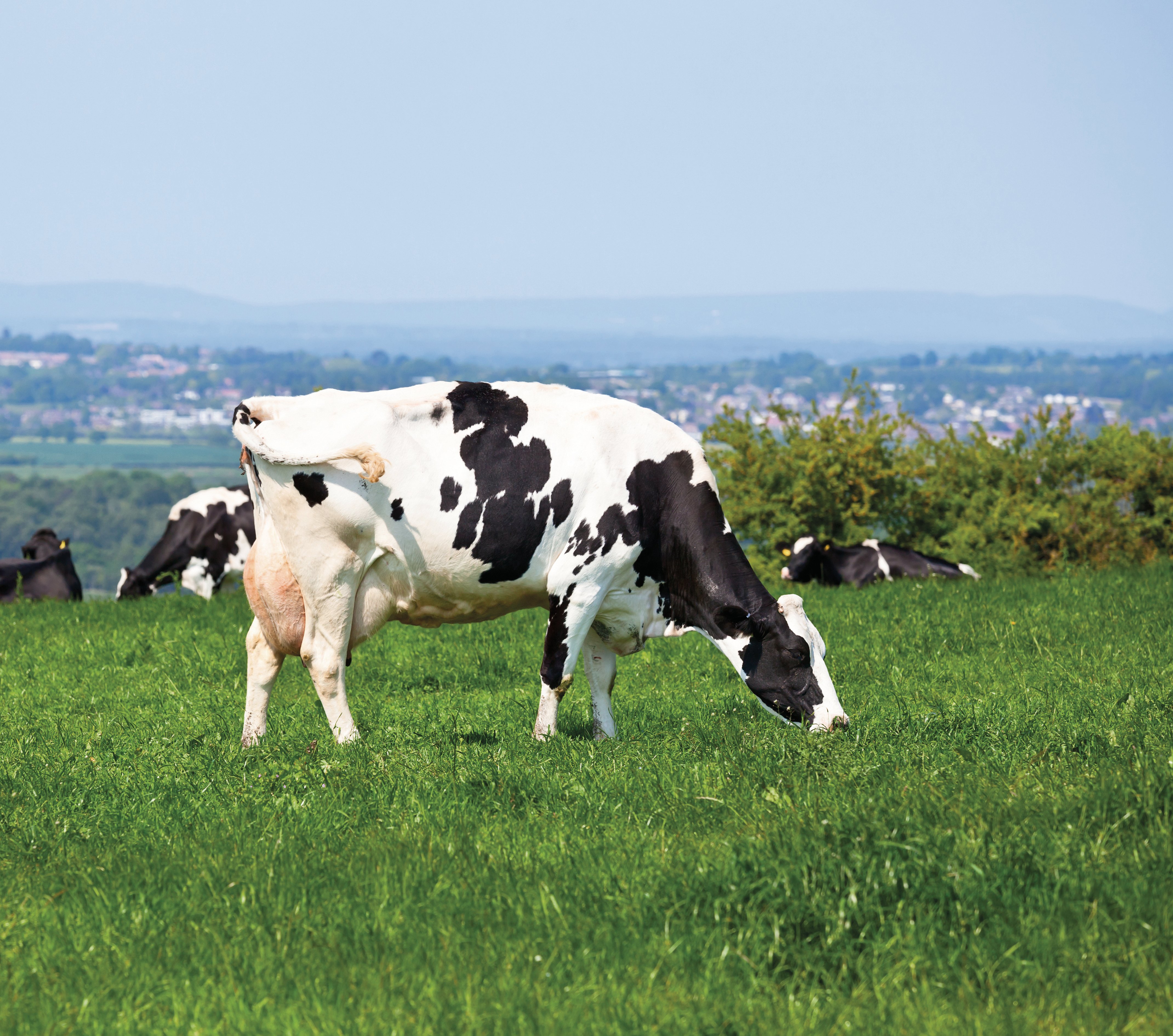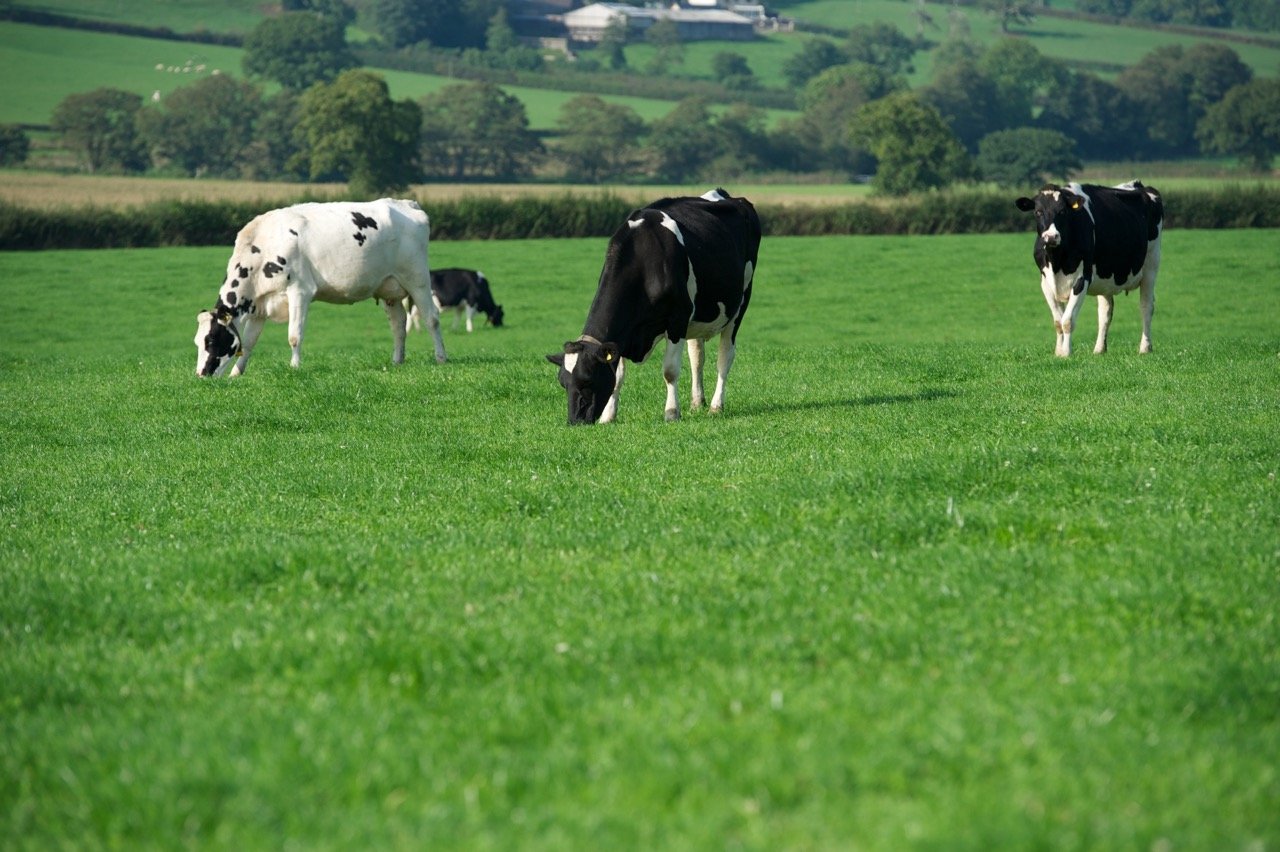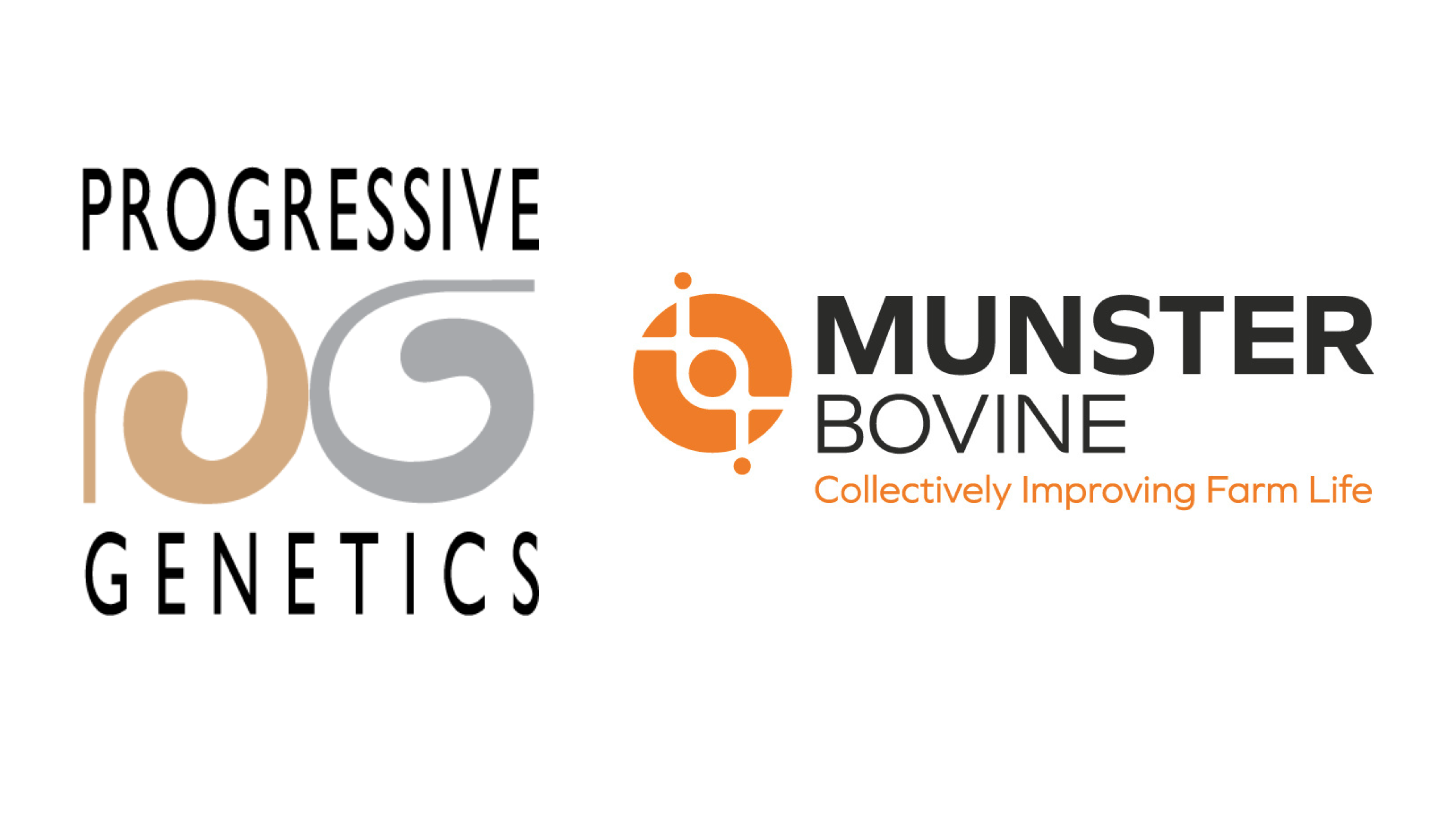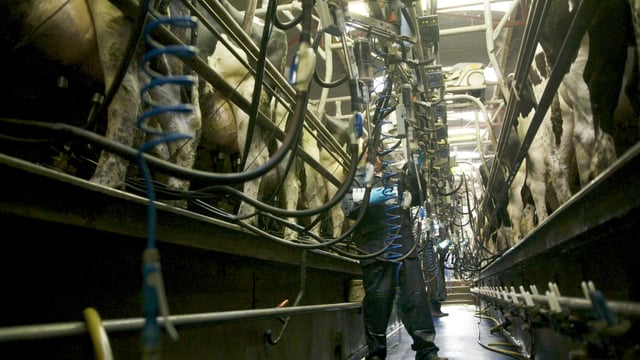Sponsored Article

Sponsored Article
Striking the balance between grass utilisation and cow performance
Sponsored Article

Striking the balance between grass utilisation and cow performance has been a difficult task for many farmers, particularly after a tough spring.
At this point, the main priority is getting cows back in-calf in the busy 12-week breeding period and with intake ability peaking, there is opportunity to push cows to produce as much milk from grazed grass as possible.
A particular challenge at this time of year, is keeping on top of grass quality. The grass plant is naturally trying to enter its reproductive phase and puts out a seed head, making it less palatable and digestible for the cow.
This can lead to a balancing act with managing clean outs and ensuring cows’ nutrient requirements are met.
Central to the digestion of all grass and feed by cows is the rumen and the trillions of micro-organisms in the gut, which allow the cow to upcycle human inedible feed into highly bioavailable meat and milk.
As summer progresses and grass becomes more fibrous, it also becomes more difficult for rumen microbes to digest which can lead to reduced feed efficiency, milk yield and quality.
We are also seeing declining growth rates and days ahead getting tight on many farms, with 40% of farms on PastureBase Ireland now under 170kg DM/LU.
Every farm is different and must decide its own best approach. However, with average milk supplies back by around 8% when compared with the same period last year, erring on the side of caution when rationing cows is likely the best approach to ensure production does not suffer further.
A grazing cow can comfortably produce 24L/cow/day at 4.1 % milk fat and 3.4% protein, or 1.9kg milk solids.
This level of performance is possible where grass dry matters are greater than 17% with optimum pre-grazing covers, good grazing conditions and a highly digestible sward.
During prolonged wet weather, grass shortages or declines in quality, buffering with top quality forage or increasing compound feeding through the parlour will be required. This is particularly true for herds with higher yield potential.
The quantities required will largely depend on cow type and yield potential and actual DM intake of grazed grass. An estimate of the nutrients supplied from grazed grass and will be something your nutritionist can help with.
If high grass intakes cannot be sustained, this can be complemented with a high DMD (78+) value forage and supplementary concentrate, as advised by a nutritionist.
Another tool in dairy farmers’ arsenal is Actisaf Sc 47 which when added to rations can stimulate key microbial species improving propionate supply. This drives milk and milk protein yield along with being crucial for fertility while raising rumen pH.
Looking after cows and maximising persistency during summer can ensure your herd is milking well when entering the final 100 days of lactation in the autumn.
Feeding Actisaf Sc 47 allows cows to extract more from fibre and increase utilisation of increasing fibre levels.
Aim to limit yield drop-off to less than 10% per month after hitting peak milk yield.
Doing so will have a major impact on production in the autumn and in many cases, it has been possible to limit reductions to 5% or less with good nutritional management.
To do this, there are a few strategies that can ensure cows reach their potential:
- Keep a close eye on sward quality as this often declines during June and July. Every unit drop in DMD results is a decrease of ~0.24L/cow/day;
- Complement grazed grass with concentrate feeds that balance what grass is providing. Grass is an excellent feed source and supplies a lot of rapidly digestible energy sources as well as rapidly degradable protein, therefore supplements should include high levels of bypass protein and slower degrading starch sources;
- In ideal conditions, top quality pre-grazing covers of 1,400-1,500kg DM/ha will allow feed rates to be reduced, however it is important to be realistic and calculate requirements based on what is in front of the herd.
At this time of year, it is also important to remain vigilant for heat stress, whether the sun is out or not.
Both ambient temperature and humidity contributes to heat stress, which can occur at much lower temperatures here compared with warmer, drier climates.
Not only does heat stress increase maintenance energy requirements, but also leads to reduced feed intakes, adding to the seasonal challenge of maintaining milk performance and getting cows in-calf.
Humidity rarely falls below 60% in Ireland between April and October, so temperatures of just 17°C can lead to a moderate level of heat stress, despite this being within the theoretical thermoneutral zone.
Cows do not sweat effectively and rely on panting to get rid of excess heat. But even this can be inefficient for their size, with lung capacity only twice that of a human.
Panting also leads to a loss of valuable buffer in the saliva which helps to regulate rumen, increasing the risk of SARA as well.
Digesting and processing nutrients generates significant heat so cows will select for the more digestible elements of their feed or grass, which can further challenge rumen function.
THI levels of 57, occurring at just 14°C, have also been shown to negatively impact oestrus behaviour in females and sperm quality in males.
In heat-stressed dairy cows, supplementation with live yeast (such as Actisaf Sc47) reduces respiratory rate and increases milk production and milk solids.
Improving ventilation and air flow by adapting buildings or installing mechanical ventilation can help affected cows, as well as ensuring they have enough accessible water or shade, if outside.
Actisaf improves rumen function in cows at grass by supporting the growth of microbes which digest fibre and utilise lactic acid
Sponsored Article


